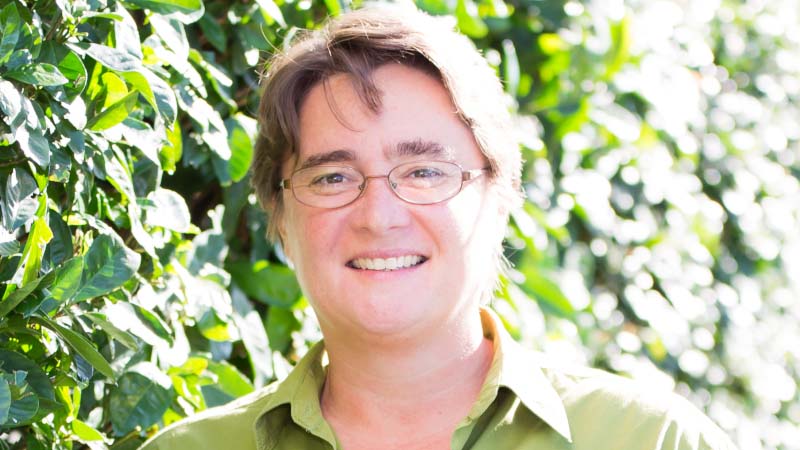Practical issues with SMSF death benefits still causing confusion
While most SMSF professionals are across the basic rules around superannuation death benefits, there are a number of practical aspects which can be quite opaque, says a technical expert.
In an online article, Heffron SMSF Solutions managing director Meg Heffron said while most practitioners would be aware that superannuation is not covered by the deceased’s will and can only be paid to a limited group of beneficiaries, the practicalities of handling superannuation death benefits, particularly in SMSFs, are often still quite opaque.
When it comes to lump sums, for example, there are rules about how many can be paid — one interim lump sum and one final payment, she said.
“Fortunately, this limit applies for each account and for each beneficiary, so someone who dies with two pension accounts that are to be divided equally between three children could have their overall superannuation paid out in 12 payments — two lump sums for each child from each pension,” she explained.
“If the death benefit is being paid as a pension, there is no limit on the number of pensions that can be established.”
While it is well known that death benefits can be paid to the deceased’s estate or various beneficiaries, only some of these beneficiaries are allowed to take the deceased’s benefit as a pension, she noted.
“Technically, this includes the spouse, minor children or children between 18 and 25 who were dependent on the deceased at the time of death, and other people who were dependent on or in an interdependency relationship with the deceased,” she said.
“Generally, older children can only receive a pension from their parent’s superannuation if they are profoundly disabled.”
Liquidity issues with lumpy assets
Given the requirement to do something with the superannuation on death, clients without a spouse often find that their only option is to pay the balance out of the fund.
This triggers the inevitable challenges about selling assets, Ms Heffron said.
“Remember that lump sum benefits, including death benefits, can be transferred directly to a beneficiary to settle the benefit — they do not have to be sold,” she noted.
However, in the case of death, this brings its own challenges, she cautioned.
“For example, adult children generally pay tax on some, if not all, of the superannuation they inherit from a parent. If they receive the asset but no cash, they will have to fund the tax personally. And the tax can be high,” she warned.
“A parent who dies at 70 leaving a $500,000 superannuation benefit to adult children can give rise to a tax bill of up to $75,000, plus Medicare if applicable — tricky to pay if the inheritance was a $500,000 property transferred directly from the SMSF.”
Dealing with the transfer balance cap
Even those leaving behind a surviving spouse may be in this position, she said.
“Since the transfer balance cap of $1.6 million applies to inherited pensions as well as the surviving spouse’s own superannuation, it is entirely possible that those with large balances in superannuation, particularly where the deceased has more than $1.6 million in superannuation, may find that some of the couple’s combined superannuation must be paid out of their SMSF when the first one of them dies,” she explained.
Conflicting documents
Another common practical issue, she said, is deciding how to leave superannuation to a specific beneficiary, whether it should be a reversionary pension, a binding death benefit nomination or special clauses in the trust deed.
“But if they contradict each other, which one wins? Of course, the simplest answer is to make sure they all say the same thing, but when this inevitably does not happen, the answer as to which one directs the payment of the death benefit will depend on the specific fund’s trust deed,” she explained.
“Some specify that a binding death benefit takes priority, some put the reversionary pension first and some are unclear.”
Ms Heffron pointed out that unlike a will, a reversionary pension arrangement, binding death benefit nomination or special superannuation clause is not automatically invalidated by key life events such as marriage.
“This means it is entirely possible that changes to important life circumstances are not reflected in superannuation estate planning,” she warned.
“Tax rules [also] change regularly. The best outcome for the deceased’s beneficiaries today might not be the ideal outcome in the future. Even where all members of the family are united in wanting a particular outcome, they can be thwarted by poorly thought-out or out-of-date superannuation documentation.”
Benefits of SMSFs for estate planning
While estate planning for SMSFs can be more complex, SMSFs can provide a lot of invaluable controls and flexibility, she said.
“For example, any decisions not directed by the deceased will be made by the fund’s trustee. Given that this can be controlled to include family members who are the same people the deceased wished to inherit their superannuation, this can be extremely valuable and reassuring,” she said.
“Either the trustee or even the deceased, subject to the trust deed, can decide not only the amount that is paid to each beneficiary but also the way in which the payment is made — e.g. transferring specific assets, making payments via the estate where there is a large tax bill. Not surprisingly, estate planning is still one of the major reasons many people with large amounts in superannuation still prefer SMSFs.”








